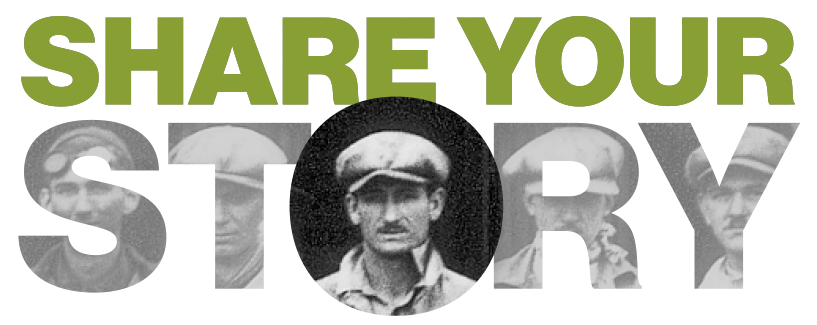On September 5, 1928, 47 pilots and their flying machines anxiously awaited start of the New York to Los Angeles Air Derby. In the pre-dawn hours Clyde V. Cessna called his pilots together at Roosevelt Field, Long Island, for a final briefing. Among those aviators was Earl Rowland, who would be flying a new Cessna Model AW (serial number 140, registered C7107) powered by a Warner “Scarab” static, air-cooed radial engine rated at 110 horsepower.

Rowland hailed from Valley Springs, Arkansas. He had received flight instruction in the U.S. Army during World War I but the Armistice ended the conflict before he could earn his wings. Undaunted, Earl bought a war-weary Curtiss JN-4 “Jenny” and barnstormed around the Midwestern United States before settling down in Little Rock, Arkansas. His association with Wichita, Kansas, began in 1925 when he was hired by Jacob Moellendick at the Swallow Aircraft Manufacturing Company. He and Moellendick flew a “New Swallow” in the 1925 Ford Reliability Tour, achieving a perfect score. Genial, reserved and well-liked by everyone who knew him, it was apparent that Rowland was blessed with a talent for flying airplanes. His friends called him “Rabbit” but the reason why remains a mystery.
In the Air Derby Earl’s Model AW cabin monoplane was entered in the Class A division and assigned Race Number 99. He took off from Roosevelt Field accompanied by William “Tailspin Bill” Kowalski – an ace mechanic assigned by the Warner engine company to keep watch over the Cessna’s powerplant. Five days later on September 10, after flying more than 27 hours from east to west with 16 stops in between, Rowland landed the monoplane on Mines Field, capturing first place in the Class A division.
Earl taxied “Number 99” to the parking area and was quickly surrounded by throngs of people, a majority of whom were newspaper reporters anxious to grab some catchy quotes from the aviator and file their stories. Rowland shut down the Warner and climbed out of the cockpit as a sea of humanity pressed around the Cessna. Anxious to escape the crowds, Rowland suddenly spotted the familiar faces of Arch Merriam, Colonel H.G. O’Dell, Roscoe Vaughn and Marcellus Murdock, all representing the Wichita Chapter of the National Aeronautic Association. The four men embraced Earl, shaking his hand enthusiastically and firing broadsides of praise for a tremendous win, not only for himself and Clyde Cessna, but for Wichita, too.
Rowland’s first-place achievement won him $5,000, and later that day he was handed checks for $2,000 each from race sponsors Richfield Oil Company and the Kendall Oil Company. In addition, he was awarded another $1,910 for achieving the lowest elapsed times between certain control points along the transcontinental route. Altogether, Earl raked in $10,910 for himself and the Cessna Aircraft Company.
The outcome of the Air Derby vindicated Clyde Cessna’s belief that his full-cantilever wing monoplanes were the wave of the future. Within three days of Rowland’s win, 60 letters of inquiry were received at the Cessna factory and many more flooded the mailbox for days afterward. On September 20 Earl and “Number 99” arrived in Wichita to a tumultuous welcome by the city’s citizens.
A series of gala celebrations kept Earl in the local spotlight, including a massive, 550-seat banquet held in his honor at the Hotel Lassen. At the end of festivities that evening Rowland was presented with a custom-made leather, fur-lined flying suit, complete with moccasins, gloves and helmet. Next, Earl flew the Model AW back to Long Island where the duo were honored at various airport dedications. While back east he signed up Atlantic Air Service Corporation as a Cessna distributor.
In 1929 Rowland flew the same Model AW to win the Miami-Miami Beach-to-Cleveland Race, giving the Wichitan and his flying machine back-to-back victories in the National Air Races. As for “Number 99,” it completed a 13,000-mile flight to Alaska and Siberia in April 1929, flown by Parker “Shorty” Cramer, and later was modified by Cessna’s son Eldon as a cross-country and pylon racer, but that’s another story.

 Back
Back